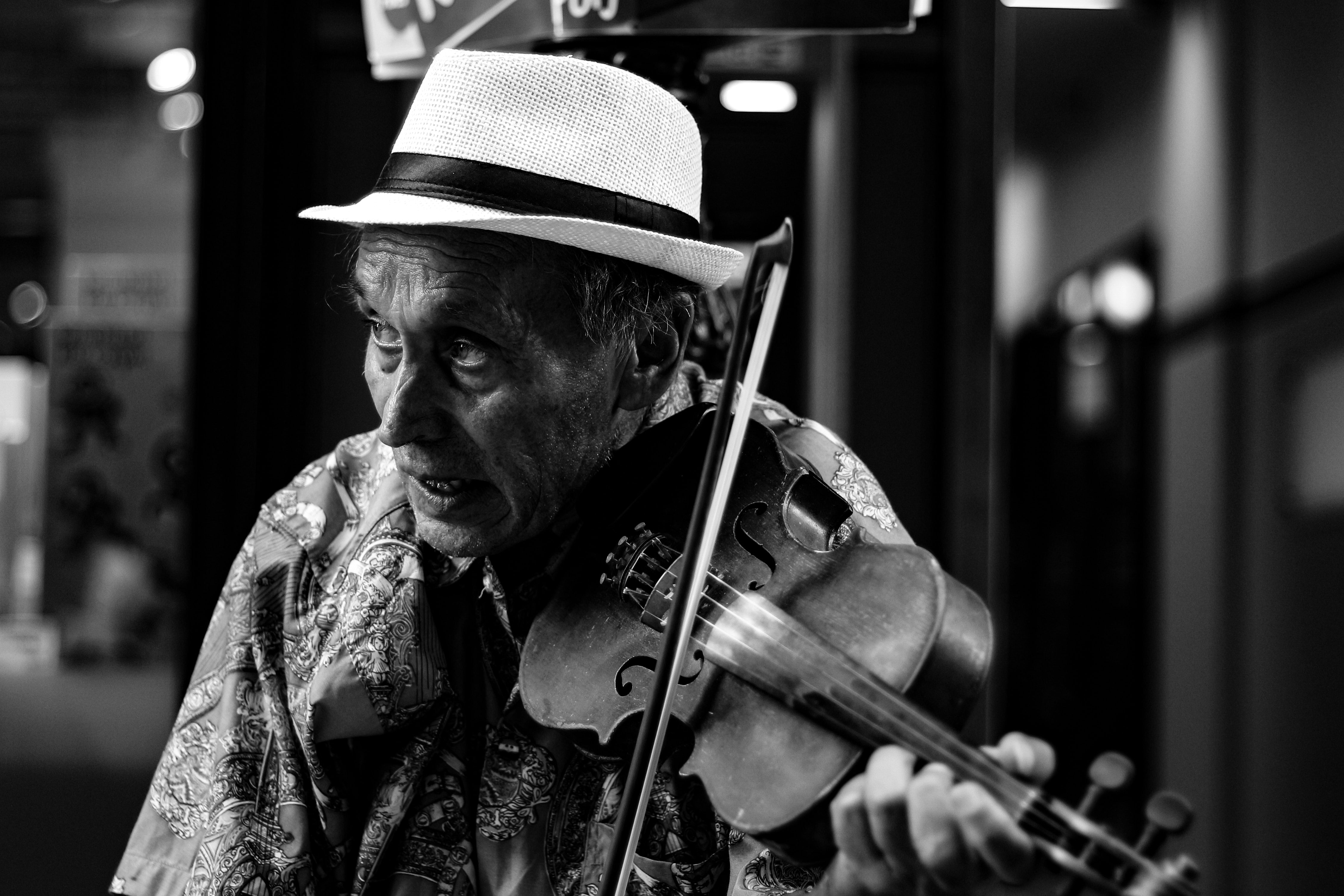Many have heard the terms ‘violin’ and ‘fiddle’. Both terms invoke the same mental image, one of a stringed instrument, rested upon the shoulder, coupled with a bow. With such similar definitions, some may wonder, are they the same? Well, it depends who you ask.
Fiddles and Violins Throughout History
In the past, the role of the fiddle has been to play traditional folk music, while the violin has been more akin to western classical music. In the 1600’s, fiddle music was popular in Ireland, Scotland, and the America’s. Folk tunes would be played anywhere from pubs, to community gatherings, to competitions! Performances would include traditional tunes, in addition to improvised sections. Additionally, learning music by ear was more common in fiddle music than violin music.
The approach to the violin was a more formal one. The violin would be commonly seen in either an orchestral or chamber music setting, performing the works of popular composers of the time. As opposed to the well known tunes that would be performed on the fiddle, the violin would perform contemporary works. Additionally, the music would be printed on paper, instead of being learned aurally.
Until the early 1900’s, fiddle music would have been the most obtainable form of string entertainment for the average person. With the technological progressions of this age, accessibility of music, movies and radio dramatically increased in the early to mid 1900’s. This resulted in orchestral music becoming more mainstream, and with that, classical violin.
Fiddle and Violin in the Modern Setting
So what does that mean for the consumption of music today? When it comes to the physical instrument, fiddles and violins are identical. Generally, today's western fiddlers begin their musical education by studying classical music. Fiddle music is still present in popular culture, and can commonly be found in songs by contemporary folk artists, such as Hozier. Violin is still predominant in western classical music, and is commonly utilized in instrumental backings in movies and other forms of modern media.
Although the venues and methods of both fiddle and violin music have changed overtime, both forms of music are still widely practiced today.
Article written by Erica Garcia



Leave a comment